Search and rescue in ten million cubic yards of dirt and mud
Almost seven years ago K9 Keb and I showed up for our first day of deployment on the OSO Landslide in my home county in the State of Washington. Three days earlier, ten million cubic yards of dirt and mud crashed through homes, sweeping a 20-foot-high wall of debris before it and scouring the valley floor. In the cold rain of that morning, an entire community disappeared in a sea of mud. Some of these victims were buried very deep under dirt and it took months to recover all 43 of them.
Over the course of a month following the slide, K9 Keb and I deployed on ten different days and got to experience every phase of the disaster ranging from the early days of searching mud, debris, and water to the final days when we were exclusively working side by side with excavators as they turned over a variety of soils from loose piles of dirt, to compact clay, to smooth wet “quicksand.”
Human remains detection is a complex undertaking that is about more than just good dog training
While we had success finding three buried victims, I now know that I did not know what I did not know. Human remains detection is a complex undertaking that not only requires that handlers know how to train and handle dogs but also understand the environments we operate in and what the implications for the scent picture our dogs experience are.
I am currently taking a class in Soils and Hydrology as part of my continuing education as an HRD handler. And, I wonder if the deeper knowledge I am gaining – understanding better what odor may be available to my dogs based on type of soil, water flow, age and depth of burials, and more – would have in some way altered how I approached the development of search plans and set realistic expectations for me and Keb while deployed in years past.
Continuing to hone our KR SAR skills with a renewed focus on human remains detection
Since the OSO tragedy, Keb and I have continued to hone our human detection skills and ability to work seamlessly side by side. While I immersed myself and my dogs in all disciplines of K9 search and rescue at the outset of my SAR career and for a long time following, my interest now is to stay more focused and develop specialized knowledge in human remains detection, knowledge specifically applicable to searches for clandestine graves, and cold cases. I am hoping this will allow me to become a more effective asset to law enforcement when requesting HRD dogs for these kinds of missions.
Two-year-old Kili, who is the most recent addition to my SAR family, is being trained exclusively to become an asset for these kinds of assignments searching for human remains that may be decades old. We are also tinkering with the idea of becoming more involved in the historical search, by for example helping locate lost burials, burial grounds, cemeteries, and their boundaries.
Training and deploying with a human remains detection dog is not for the faint of heart
To become a true asset, we HRD handlers, need to study and understand the implications of soil and hydrology. Here are some of the considerations we need to keep in the back of our minds as we get called to show up for a mission:
- The type of soil impacts the decomposition process? Do we know what type of soil we will be encountering (there are resources out there such as the USDA Web Soil Survey: websoilsurvey.sc.egov.usda.gov)?
- More permeable soil allows more air and water to move in and through it. What is the impact on odor availability?
- Bodies buried in soil stay fresh longer than if left on the surface. Do we understand what condition a body may be in on an assignment depending on how long it has been buried, at what depth, and in what type of soil?
- Water follows the path of least resistance. Water moves soil. Water disperses scent. How can this knowledge help us plan our search and support our K9 partners?
- Water slows down the decomp process (partially because of less insect activity and availability of oxygen and thus bacteria). We need to understand the implications? For example, If a body is partially buried underwater or on a slope, the part underwater and accumulating fluids downhill will stay fresh longer.
- Bodies buried in arid soil lose moisture faster than in dense soil. This can lead to a very different decomp process, even mummification.
- Vegetation affects the scent picture. How?
- Consider the water table in an area. If bodies are buried below the water table, soil and scent will be moved by water. Interesting side note: my Soils and Hydrology instructor noted that in New Orleans the water table is very shallow and coffins literally tend to pop up if buried – thus the use of crypts.
I am in the early stages of my class as this post is written. It will be interesting to see how my approach to HRD search evolves as my knowledge deepens. Stay tuned!
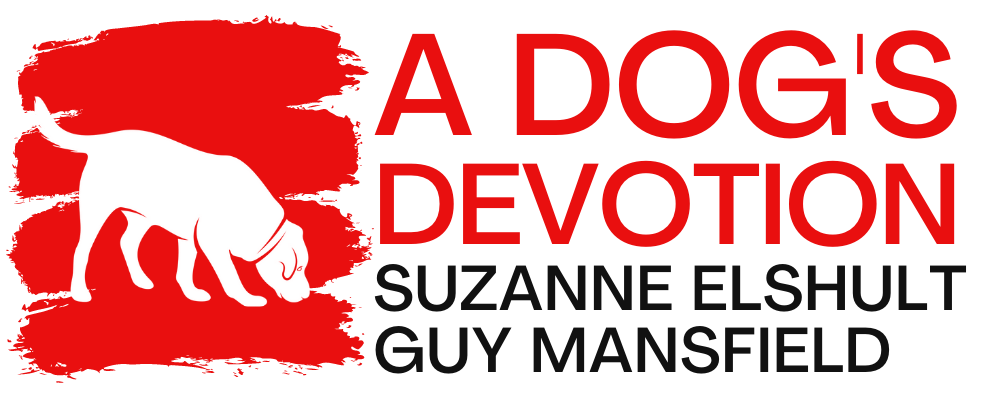
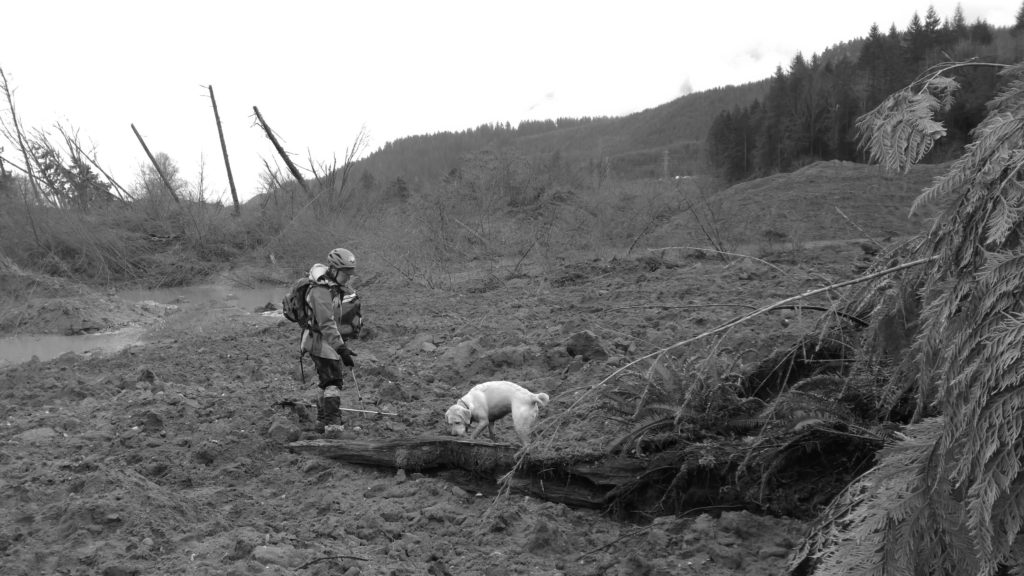
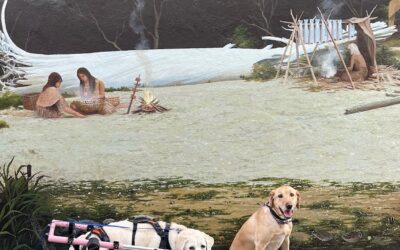
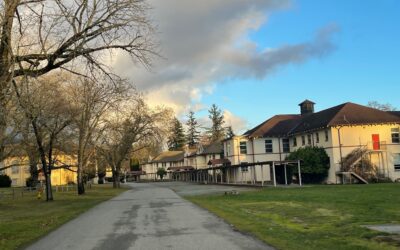
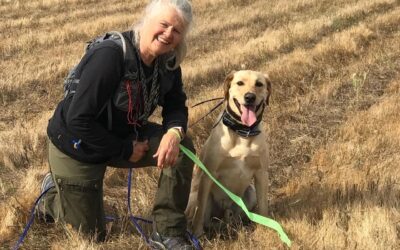
0 Comments